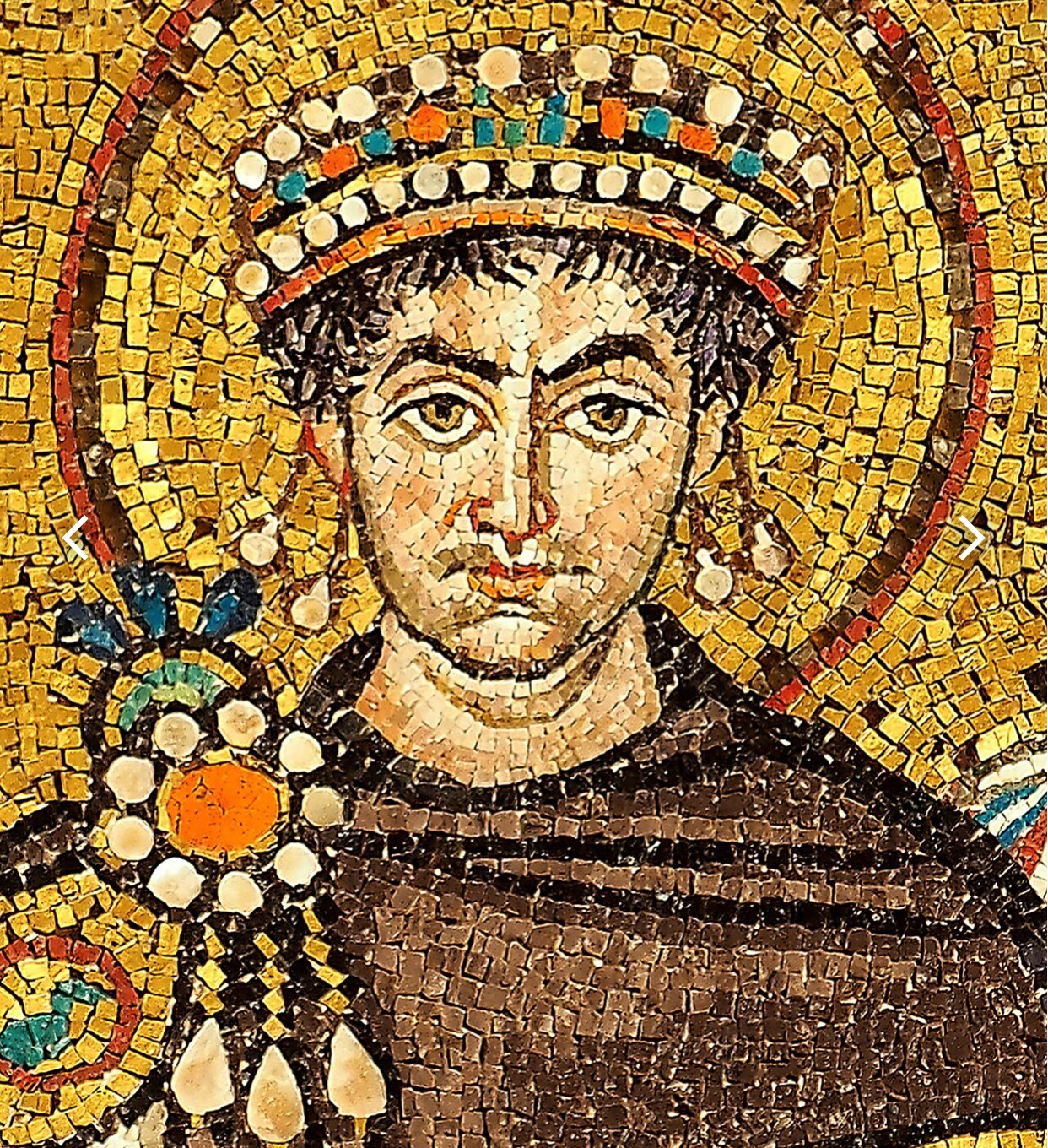The Evolution of the Byzantine Empire
The Byzantine Empire, also known as the Eastern Roman Empire, was one of the most influential and long-lasting civilizations in history. It existed for over a thousand years, from the 4th century AD until the fall of Constantinople in 1453. This comprehensive overview aims to explore the various stages of the empire’s evolution, highlighting its foundation, major rulers, religious controversies, cultural achievements, and struggles against external threats.

Foundation and Early Years of the Byzantine Empire
The Byzantine Empire traces its origins back to the foundation of the city of Byzantium in 667 BC. Initially a Greek colony, it became a prominent city in the Roman Empire. However, it was during the reign of Emperor Constantine the Great in the 4th century AD that Byzantium’s destiny changed forever.
Constantine the Great: Shaping the Byzantine Empire
Constantine the Great is often referred to as the founder of the Byzantine Empire. Under his rule, Byzantium was transformed into Constantinople, the new capital of the Roman Empire. Constantine’s influence extended beyond the city’s architecture; he also played a crucial role in the establishment of Christianity as the empire’s state religion.

Byzantium and the Split of the Roman Empire
By the 5th century AD, the Roman Empire faced numerous external threats and internal conflicts. The empire was eventually divided into two parts: the Western Roman Empire and the Eastern Roman Empire, which would later become the Byzantine Empire. The separation marked a significant shift in power and influence, with the Byzantine Empire emerging as the dominant force in the east.
Justinian the Great: Expansion and Consolidation
During the reign of Justinian the Great in the 6th century AD, the Byzantine Empire experienced a period of territorial expansion and consolidation. Justinian reconquered vast territories that had been lost to various invaders and established a legal code known as the Corpus Juris Civilis, which had a lasting impact on the development of law in Europe.

The Byzantine Empire in the Dark Ages
After the reign of Justinian, the Byzantine Empire faced a series of challenges, including territorial losses and economic decline. This period, often referred to as the Dark Ages, saw the empire struggling to maintain its power and influence in the face of external threats, such as the Arab Caliphates, and internal conflicts.
The Iconoclast Controversy: Religious Schism
One of the most significant religious controversies in Byzantine history was the Iconoclast Controversy, which occurred during the 8th and 9th centuries AD. It revolved around the use of religious icons and led to a schism within the Byzantine Church. The controversy had a profound impact on Byzantine society and politics, shaping religious practices and the imperial authority.
The Byzantine Empire in the Middle Ages
During the Middle Ages, the Byzantine Empire faced countless invasions and threats from various Islamic and European powers. Despite these challenges, the empire managed to survive and even flourish at times, particularly under the Macedonian and Komnenian dynasties. Byzantium continued to play a crucial role in trade, diplomacy, and cultural exchange.
Byzantine Renaissance: Art, Culture, and Innovation
The Byzantine Empire witnessed a period of cultural and artistic resurgence during the 9th and 10th centuries, often referred to as the Byzantine Renaissance. This era was marked by an emphasis on religious art, such as iconography and mosaics, as well as advancements in literature, science, and philosophy. Byzantium’s contributions to art and culture had a profound influence on later European civilizations.
Byzantium’s Struggles against the Arab Caliphates
Throughout its existence, the Byzantine Empire faced numerous military conflicts against the Arab Caliphates. These wars, often characterized as a clash of civilizations, had far-reaching consequences for both sides. While the Byzantines managed to repel several Arab invasions, they also suffered significant territorial losses and economic setbacks.
The Komnenian Restoration: Byzantine Revival
In the 11th and 12th centuries, the Byzantine Empire experienced a period of revival under the Komnenian dynasty. Emperors like Alexios I and Manuel I implemented successful military and economic reforms that helped restore the empire’s strength and stability. This era witnessed a renewed sense of cultural and intellectual vibrancy in Byzantium.
The Fall of Constantinople: End of the Byzantine Empire
Despite its resilience over the centuries, the Byzantine Empire eventually succumbed to the Ottoman Empire’s relentless siege of Constantinople. In 1453, the city fell, marking the end of the Byzantine Empire. The fall of Constantinople had significant consequences for Europe and the world, as it led to the shift of power to the Ottoman Empire and sparked the Renaissance in Western Europe.
The Byzantine Empire’s evolution was filled with triumphs and tribulations, shaping the history and culture of the Eastern Mediterranean and beyond. From its humble beginnings as a Greek colony to becoming a powerful empire, Byzantium left an indelible legacy in art, religion, law, and diplomacy. While its ultimate demise was a momentous event, the impact of the Byzantine Empire can still be felt today.

